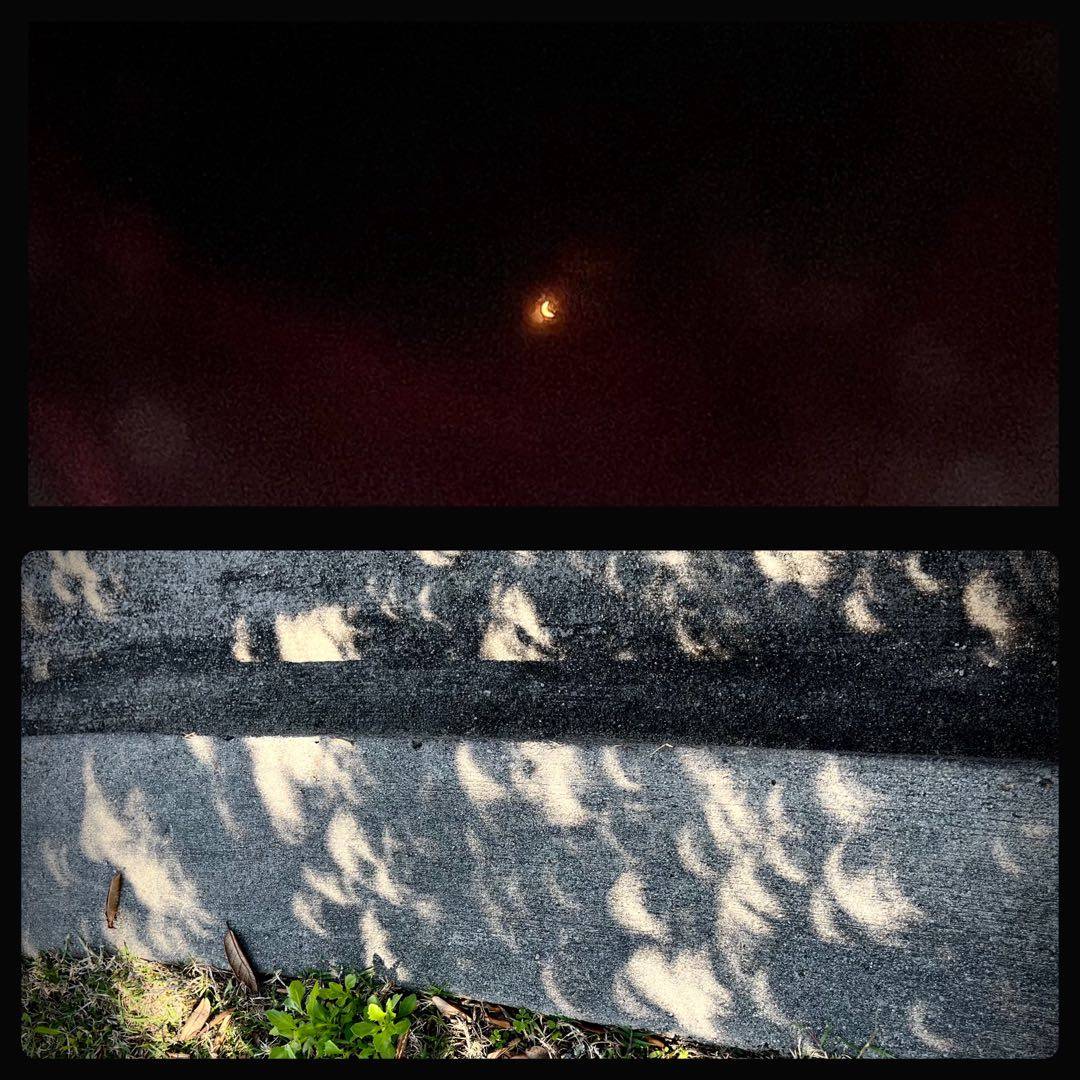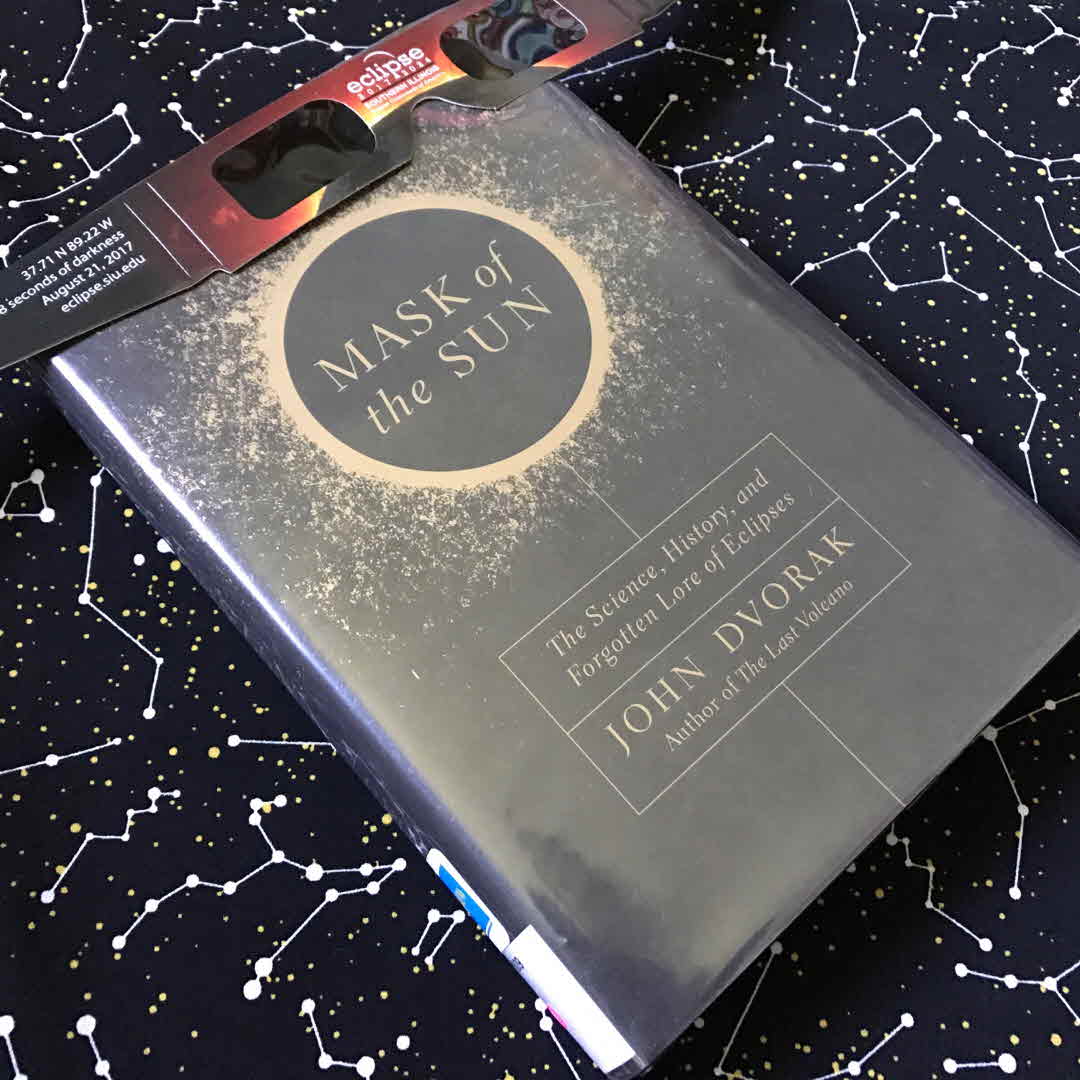
My eclipse read this past April. This one is like following a Wikipedia spiral but led by someone else's whims than your own so sometimes I was interested and invested, others not so much.
22 likes

My eclipse read this past April. This one is like following a Wikipedia spiral but led by someone else's whims than your own so sometimes I was interested and invested, others not so much.

In the lowcountry (SC), we got to see 70% of this total solar eclipse. What an awe inspiring moment to be a part of. Star dust…looking at star dust! 🌞🌚

Pre-eclipse reading.